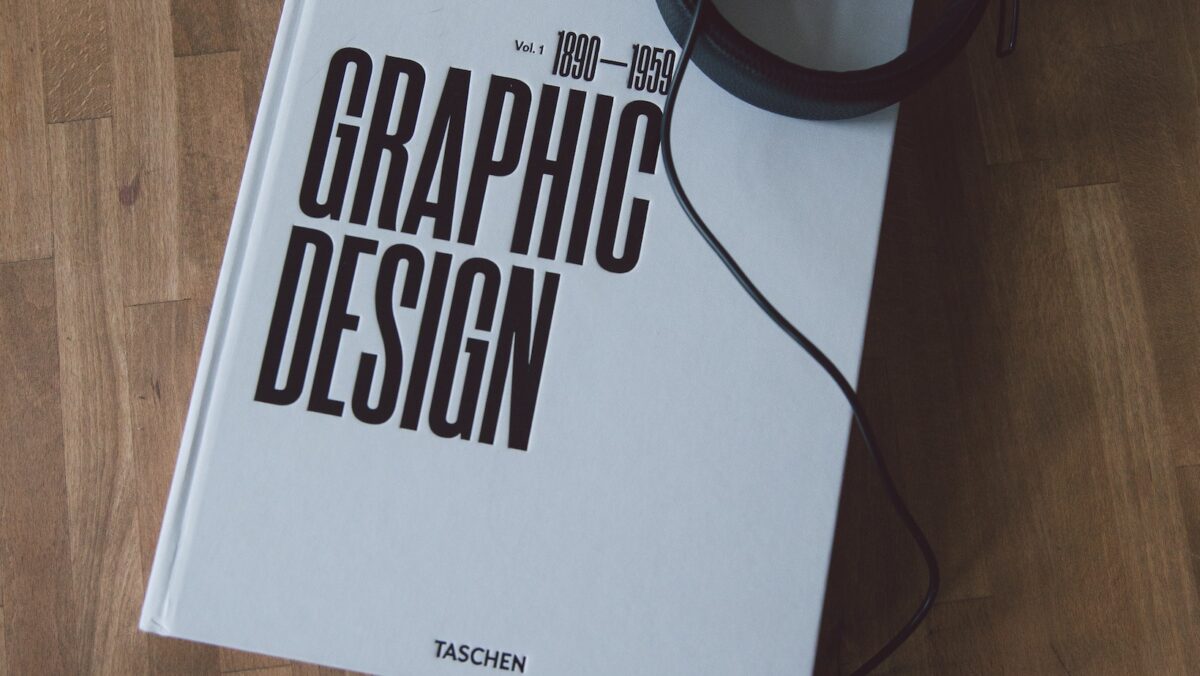What Is Value in Graphic Design
In the world of art and aesthetics, graphic design stands out as a discipline that’s both creative and strategic. It’s a field that’s constantly evolving, and one aspect that’s often overlooked is the concept of value. So, what is value in graphic design?
Value in graphic design isn’t just about monetary worth. It’s about the impact a design has on its audience. It’s the way a design communicates a message, evokes emotion, and influences decisions. Value can also be about how a design enhances a brand’s identity and visibility.
Understanding the value in graphic design is crucial for both designers and clients. For designers, it helps in creating designs that are not just visually appealing, but also meaningful and effective. For clients, it allows them to appreciate the importance of investing in good design. After all, a design’s value is reflected in its ability to achieve its intended purpose.
Importance of Value in Graphic Design
Recognizing the value in graphic design is a game-changer for both creators and consumers. It’s not just about the aesthetics or monetary cost, there’s a deeper significance.
Graphic design is a powerful tool for communication. It transmits messages, sparks emotions, and influences decisions. A well-crafted design can convey complex ideas in a simple, visually appealing way.
Moreover, graphic design enhances brand identity. It’s a visual representation of a brand’s values, personality, and promises. A consistent, high-quality design across different platforms increases brand recognition and visibility.
The value of graphic design also lies in its potential to boost business. Effective designs can increase customer engagement, improve conversion rates, and drive sales.
Remember, investing in good design isn’t an expense, but rather a strategic move that can yield significant returns. So next time you look at a design, try to see beyond its surface. Consider its ability to communicate, evoke emotions, influence decisions, enhance brand identity, and boost business. That’s the real value in graphic design.
In the next section, we’ll delve deeper into how designers can maximize this value in their work.

Understanding Value in Graphic Design
To truly grasp the concept of value in graphic design, we must first delve into its core elements and purposes. It’s not just about creating visually appealing graphics. It’s about communicating an idea, a message, or a brand identity effectively.
Design is a language. A language that speaks through colors, shapes, and images. It’s a tool that has the power to influence behavior, evoke emotions, and shape perceptions. It’s more than just art—it’s a strategic asset that can boost business performance.
Effective graphic design is key to enhancing a brand’s identity. It’s the visual representation of a brand, making it recognizable and memorable. It serves as the face of the brand, creating a lasting impression on its audience.
Moreover, graphic design has a direct impact on a business’s bottom line. It improves customer engagement, drives sales, and increases conversion rates. It’s a strategic investment that can yield significant returns.
Let’s not overlook the fact that graphic design is also about problem-solving. It simplifies complex information, making it accessible and easily digestible. It provides clarity, making messages easier to understand.
So, in essence, the value in graphic design lies in its ability to communicate, influence, evoke emotions, enhance brand identity, drive business results, and solve problems. It’s not just about the cost—it’s about the impact and effectiveness of the design.And as designers, it’s our role to create designs that are not only aesthetically pleasing but also functional and effective. We need to understand our audience, the message we want to convey, and how to best communicate that message. We need to understand the value in graphic design.
But creating value in design isn’t a one-size-fits-all process. It requires understanding the audience, conveying a clear message, enhancing brand identity, balancing aesthetics and functionality, and using innovative approaches. Value also plays a key role in the visual hierarchy of a design, guiding the viewer’s eye and establishing a visual path.
So next time you’re working on a design, remember the Starbucks logo, Apple’s website, or IKEA’s instruction manuals. They’re perfect examples of how manipulating value can enhance brand identity, guide the viewer, and create clear and effective visual instructions.

